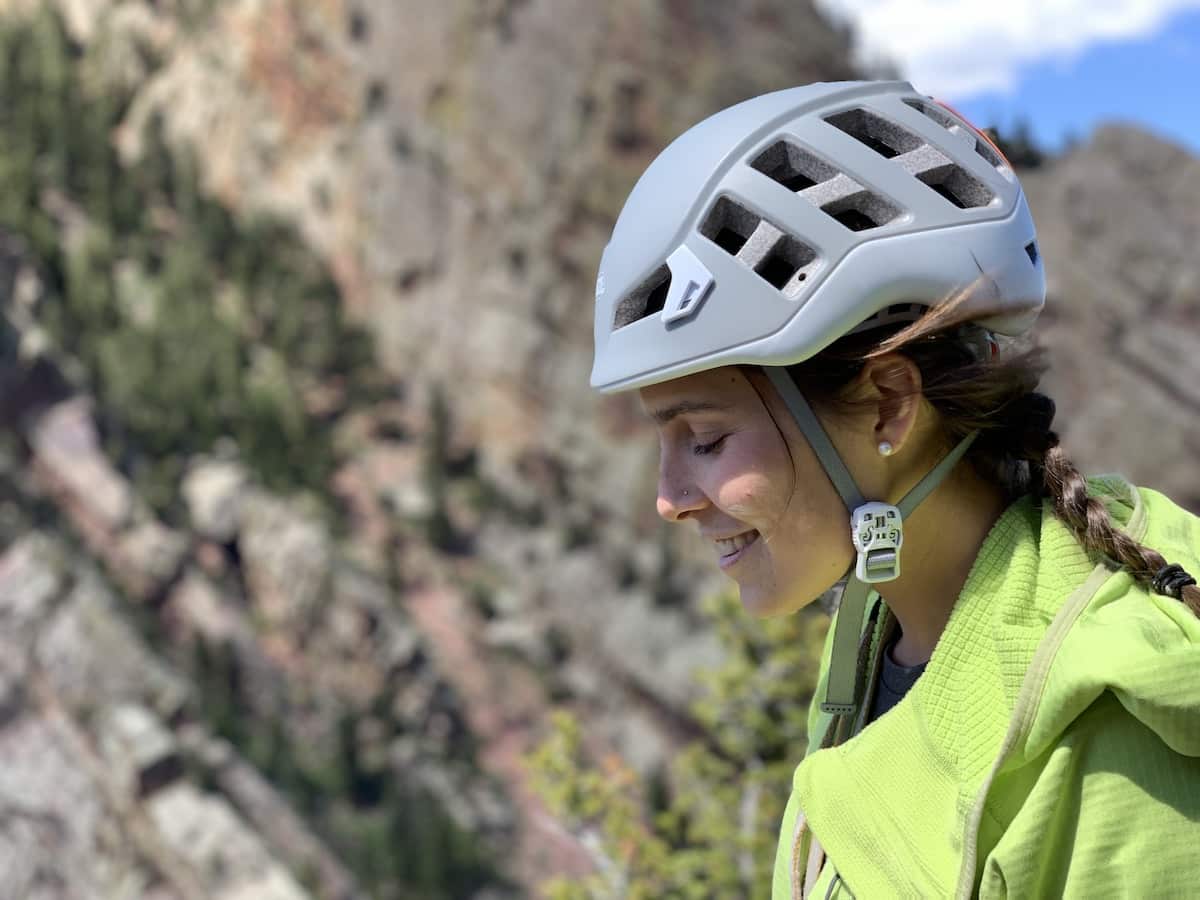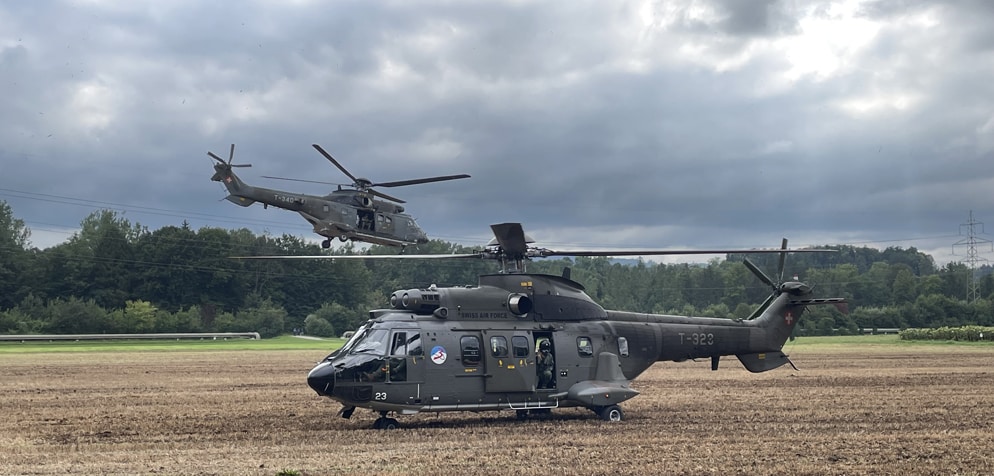
Tips for the right climbing helmet
This year’s climbing and mountaineering season started very early due to the unusually warm spring. So it’s high time to check and complete the climbing equipment. Anyone who is thinking of getting a (new) climbing helmet for this season will find in the following article some tips on how to find the right helmet for them.
Protection for the most important part of the body
Climbing helmets are designed to protect the most important part of your body from external damage – your head. A brief moment of inattention can be enough to cause a bump. I don’t even want to start with anything more serious here.
A climbing helmet not only protects against falling rocks and ice, but also against objects dropped by your climber in the lead and protects your head from hitting the rock if you fall into the rope. But it also protects you from awkwardness when you look around carelessly in difficult situations and, last but not least, offers protection from the strong sun.
Requirements for Climbing Helmets
Climbing helmets are specially designed for loads from above. In the so-called standard test, a metal weight of five kilograms is dropped directly onto the helmet from a height of two meters. The helmet must be able to absorb some fall energy without injuring the wearer’s head and cervical spine.
According to the standard test, helmets must also be able to absorb side, rear and front shocks. However, the specifications for this are only 1/4 of the vertical drop energy. To be certified as safety items, helmets must also pass a penetration test, as well as strap strength and head fit tests.
Types of Climbing Helmets
Climbing helmets can be divided into three categories:
- Hard-shell helmets have a very stable shell. An internal belt system takes care of the damping.
- Hybrid helmets combine a solid outer shell with injected cushioning
- In the case of inmoulding helmets, the padding (usually a polystyrene foam) is injected directly into the relatively thin shell.
Criteria for your ideal climbing helmet
certification
Your climbing helmet must be certified according to the CE EN 12492 standard (mountaineering helmet, climbing helmet, helmet for working at height). In this way, it fulfils all the requirements described above. There is also a UIAA standard, which however requires lower load values.
With the CE EN standard, you drive better.
ballast
Weight should be an important factor when choosing a climbing helmet. A difference of 200 grams may not seem like much – this difference is clearly noticeable during a long climb in the backpack or when you look for a long time.
Today’s helmets are true lightweights and, like the Petzl Meteor III used for this article, weigh only 235 grams. Hard-shell helmets tend to be heavier due to the material used. Look for a helmet that is as light as possible so you don’t want to put it on because of the “high” weight.
Wearing comfort
The comfort of wearing your ideal climbing helmet depends largely on the shape of your head. So, you should try several helmets when making your choice, as they can sometimes differ significantly in terms of fit.
The headband should be easy to adjust to the circumference of your head so that the helmet fits snugly. Hybrid models often use a rotary dial on the back of the head for this:
With inmodling helmets, on the other hand, often only the neck strap is adjusted, but sometimes also in height. The Petzl Meteor III shown here has a push-button system with a grid stripe:
It’s best to try out the different tuning systems for yourself. While you’ll rarely adjust the size of the helmet (perhaps with a hat underneath), then it should be easy for you.
The chin straps ensure that the helmet is securely in place. These should not be too narrow, or they will cut each other. The chin strap attachment loops should be easy to operate without breaking your fingers. And finally, the interior padding also contributes to a high level of comfort. The best thing to do is to try on a headset in the store and walk around with it for a while. After a quarter of an hour, you’ll notice if it really fits you.
ventilation
Unlike bike helmets, there’s no headwind with climbing helmets (unless you’re going extremely fast). Nevertheless, side vent slots can also provide quite good ventilation. Modern helmets have proper ventilation ducts that provide fresh air.
By the way, you shouldn’t be able to see through the ventilation slots from above, otherwise small stones could slip through.
Special features
Some climbing helmets have special features that can certainly be decisive for a purchase.
There are helmets that fold up, or those with a cutout at the back of the head, especially for climbers with a ponytail. Some helmets also have inserts to attach a helmet visor. With all these qualities, you should evaluate how important they are to you.
However, what your climbing helmet should definitely have are attachment options for a headlamp. This is actually a no-brainer with today’s helmets.
motive
Yes, appearance also plays an important role for some. I myself noticed that hikers didn’t want to put their old helmets back on because they couldn’t become Beau de Glacier with them. So before you leave your helmet in your backpack out of sheer embarrassment, it’s best to buy one you like. Flashing chrome, alarm colors or discreet – it doesn’t matter! The bottom line is that vanity does not triumph over reason.
Conclusion
There are a variety of helmets on the market and there should be one for every head shape and use. The above criteria will help you find your ideal climbing helmet. I hope you will be spared the moguls and can enjoy your climbing and alpine hikes.





